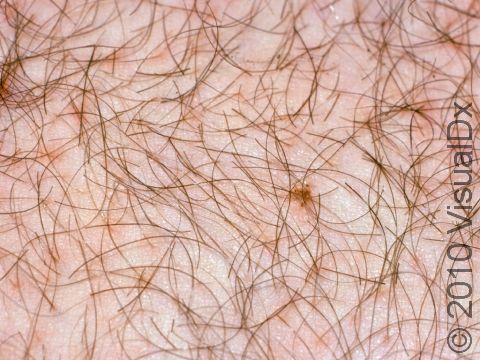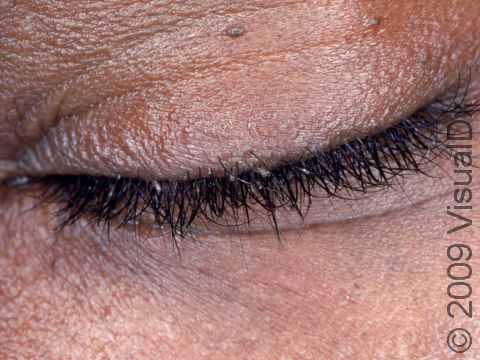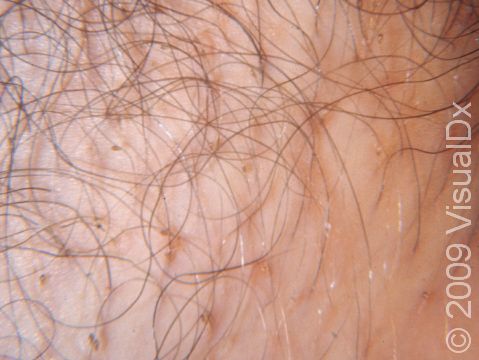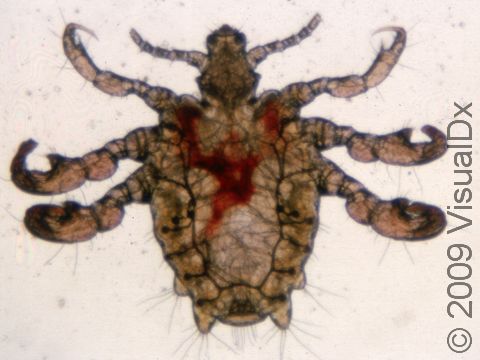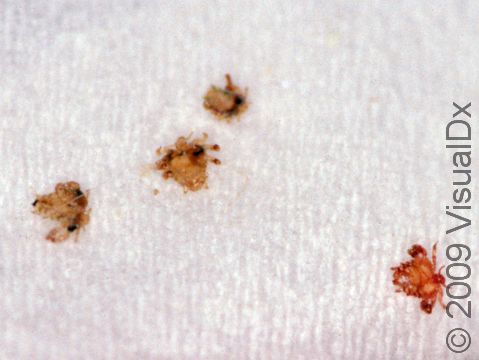Pubic Lice (Pediculosis Pubis)
Pediculosis pubis is the medical term for pubic lice, which are also commonly called crabs. Just like head lice, pubic lice are very small insects that live by attaching themselves to human hair and feeding off human blood. The bite of the insect is what causes the intense itching that most people experience with a lice infestation. Pubic lice are often spread through sexual contact because they live in the pubic hair, though they can also live on other body hair and, therefore, may be spread by casual contact as well. The infestation can be cured by carefully combing the affected hair and applying a pediculicide (anti-lice treatment), avoiding contact with the person who spread the infection, and putting all affected garments and linens in a clothes dryer on high heat.
It is important to know that pubic lice are often transmitted along with other sexually transmitted diseases, which may require additional treatment, so it is important to speak to your doctor if you think you might have any infection or infestation.
Who's At Risk?
Both men and women can be affected by pubic lice. Men may be more commonly affected because they tend to have coarser body hair than women.
Pubic lice are considered a sexually transmitted disease (STD), although they can be transmitted other ways.
Signs & Symptoms
Lice and their eggs (nits) may attach themselves to the hair in the pubic region and other areas. Lymph nodes in the groin area may be swollen. Slate blue spots may be seen at the bite sites.
Self-Care Guidelines
Always use safe sex practices, including avoidance of intimate contact with partners affected with pubic lice.
Treatments
Your doctor may:
- Treat the infestation with permethrin cream rinse OR pyrethrins with piperonyl butoxide. Treatment with typical insecticides may be repeated after 1 week.
- Try malathion 0.5% lotion OR ivermectin, an oral medication, taken in one dose and repeated after 2 weeks.
- Treat any sex partners you have had within the previous month, as recommended by the Centers for Disease Control (CDC).
Eyelash involvement should not be treated with the above medications; an ophthalmic ointment is used instead.
Avoid sexual contact until you and your partner(s) have been treated and reevaluated to be sure the infestation is no longer present.
Visit Urgency
See your doctor for evaluation if you think you might have public lice.
References
nia, Jean L., ed. Dermatology, pp.1326-1328. New York: Mosby, 2003.
Freedberg, Irwin M., ed. Fitzpatrick’s Dermatology in General Medicine. 6th ed. pp.2286, 2287-2289. New York: McGraw-Hill, 2003.
Last modified on August 16th, 2022 at 2:44 pm

Not sure what to look for?
Try our new Rash and Skin Condition Finder
